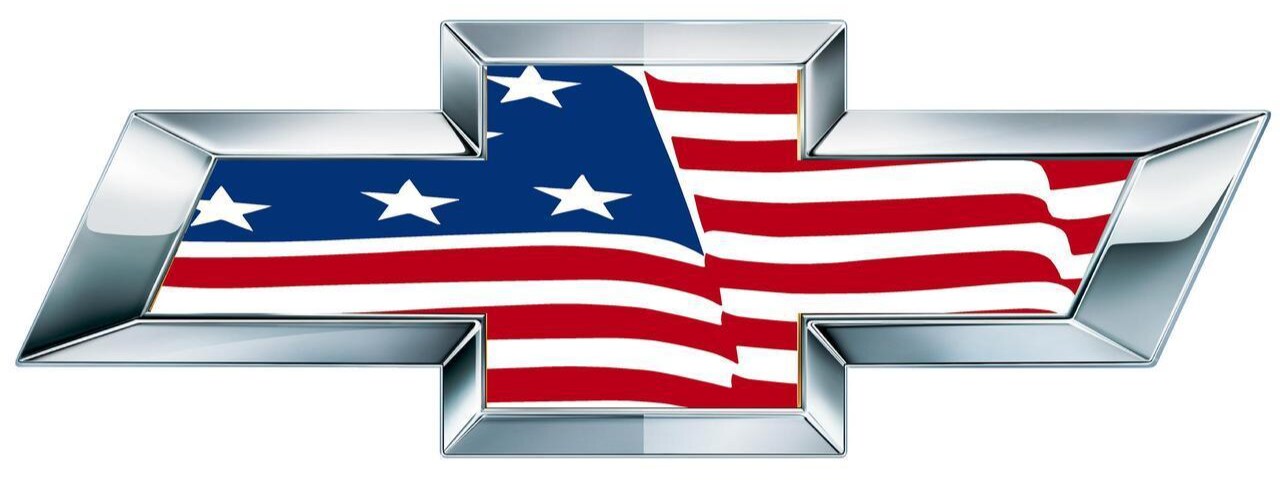
Chevy Trucks: What are the Differences Between Crew Cab, Double Cab, and Regular Cab?
Cab Configurations: Which One Fits Your Needs?
Choosing the right Chevy truck involves more than just picking a trim level or engine. The cab configuration plays a crucial role in determining how you can use your truck for work, family, and everything in between. Chevrolet offers three main cab styles for its trucks: Regular Cab, Double Cab, and Crew Cab. Understanding the differences between these options will help you make an informed decision.
1. Regular Cab (or Single Cab): The Classic Workhorse

The Regular Cab, also known as a Single Cab, is the most traditional truck configuration
- Doors: Features two full-sized doors
- Seating: Offers a single row of seating, typically accommodating up to three passengers depending on whether it has a bench seat or bucket seats
- Rear Passenger Space: There are no dedicated rear passenger seats
- Bed Length: Regular Cabs are usually paired with the longest available bed length for the specific truck model, maximizing cargo-carrying capacity
- Intended Use: Ideal for individuals or businesses that prioritize bed space and payload capacity over passenger space
2. Double Cab (or Extended Cab): Balancing Passengers and Cargo

The Double Cab, sometimes referred to as an Extended Cab, offers a compromise between passenger capacity and cargo bed length
- Doors: Comes with four doors. The rear doors are typically smaller than the front doors
- Seating: Features two rows of seating, capable of accommodating up to five or six passengers
- Rear Passenger Space: Offers rear seats, making it suitable for carrying extra passengers. However, the legroom and overall space in the rear are generally less generous compared to the Crew Cab
- Bed Length: For the Chevy Silverado 1500, the Double Cab is typically paired with the standard bed length
- Intended Use: A versatile option for those who occasionally need to transport rear passengers but still want a good balance of bed space for hauling
3. Crew Cab: Maximum Passenger Comfort and Space

The Crew Cab is the most spacious cab configuration, prioritizing passenger comfort and offering four full-sized doors and two full rows of seating
- Doors: Equipped with four full-sized doors that open conventionally, similar in size to the front doors
- Seating: Provides two full rows of seating, comfortably accommodating five or six adults
- Rear Passenger Space: Offers the most spacious rear seating among the three cab styles
- Bed Length: Crew Cabs are often available with a choice of bed lengths, such as a short bed or a standard bed, depending on the specific model and configuration
- Intended Use: Best suited for those who regularly need to transport multiple passengers and prioritize rear seating comfort and space
Side-by-Side Comparison of Chevy Truck Cab Styles
To help you visualize the key differences, here's a table summarizing the features of each cab style:
| Feature | Regular Cab (Single Cab) | Double Cab (Extended Cab) | Crew Cab |
| Number of Doors | 2 Full-Sized | 4 (Rear often smaller) | 4 Full-Sized |
| Seating Rows | 1 | 2 | 2 |
| Typical Passenger Capacity | Up to 3 | Up to 5 or 6 | Up to 5 or 6 |
| Rear Legroom | Minimal to None | Less than Crew Cab | Most Spacious |
| Rear Door Size/Type | N/A | Smaller, forward-opening (some models may have rear-hinged half doors) | Full-Sized, conventional opening |
| Typical Bed Length | Longest Available | Standard | Short or Standard |
| Primary Focus | Maximum Cargo Space | Balance of Passengers & Cargo | Maximum Passenger Space & Comfort |
| Price (Generally) | Least Expensive | Mid-Range | Most Expensive |
Choosing the Right Cab for You
The best cab configuration for your Chevy truck depends entirely on your individual needs and how you plan to use your vehicle
- If your truck is primarily for work and you rarely need to carry more than one or two passengers, the Regular Cab offers the most bed space and can be the most budget-friendly option
- If you need the flexibility to carry extra passengers occasionally, whether for family or work, but still want a good-sized bed for hauling, the Double Cab provides a practical compromise
- If passenger comfort and space are a top priority, especially if you frequently travel with family, friends, or a work crew, the Crew Cab is the ideal choice, offering the most room and convenience for everyone
Consider your typical passenger needs, the amount of cargo you usually haul, and your budget when making your decision. Each cab style offers a unique set of advantages to suit different lifestyles and requirements.

Contact
4709 BRAGG BLVD
FAYETTEVILLE, NC 28303
- Contact: (910) 728-4618